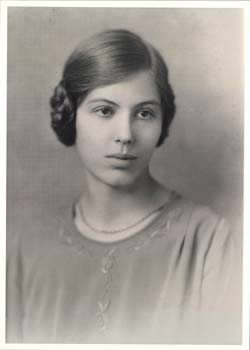Material culture studies is what I'm trying to do for 19th-century women in science, "an interdisciplinary field telling of relationships between people
and their things...". Oooohh, how I love
things.
In the 1868 photo above of early women in botany
Elizabeth Gertrude Knight, I'm interested not
just in her dress (and
in dressing up like her -- join me) but also in her desk chair, the deck she's on, the house the deck's attached to, the desk on which her microscope rests, her microscope, writing notebook, flower vase, hairstyle and... her
vasculum. Yes, I said
vasculum. It's not dirty-minded. It's the botanical-specimen collecting case at her feet.
I think vasculums are quite pretty.
 |
Vasculum used by Winifred Curtis British-born Australian botanist, author and pioneer researcher in plant embryology
to collect plant samples around 1920.
Photograph by Jason McCarthy. National Museum of Australia |
Vasculums come from a time when "
poet-scientist-scholars were treated like rockstars, botany was a verb, and botanizing was a popular outdoor activity."
 |
As a 19th-century lady naturalist girl you're not fully dressed without a vasculum, butterfly net, stone bench,
and inscrutable yet optimistic expression. |
 |
Vasculums on parade.
|
Photo credits:
https://en.wikipedia.org/wiki/Elizabeth_Gertrude_Britton
https://en.wikipedia.org/wiki/Vasculum
http://www.utas.edu.au/library/exhibitions/winifred_curtis/index.html





How cool! FYI, a modern day vasculum made by a master tinsmith can be bought from Carl Giordano, Tinsmith, who makes gorgeous copies of 19th and 18th c. vasculums and supplied the one used by Russel Crowe in Master and Commander, and a prop condiment shaker (salt?) used by Johnny Depp in one of the Pirate movies.
ReplyDelete